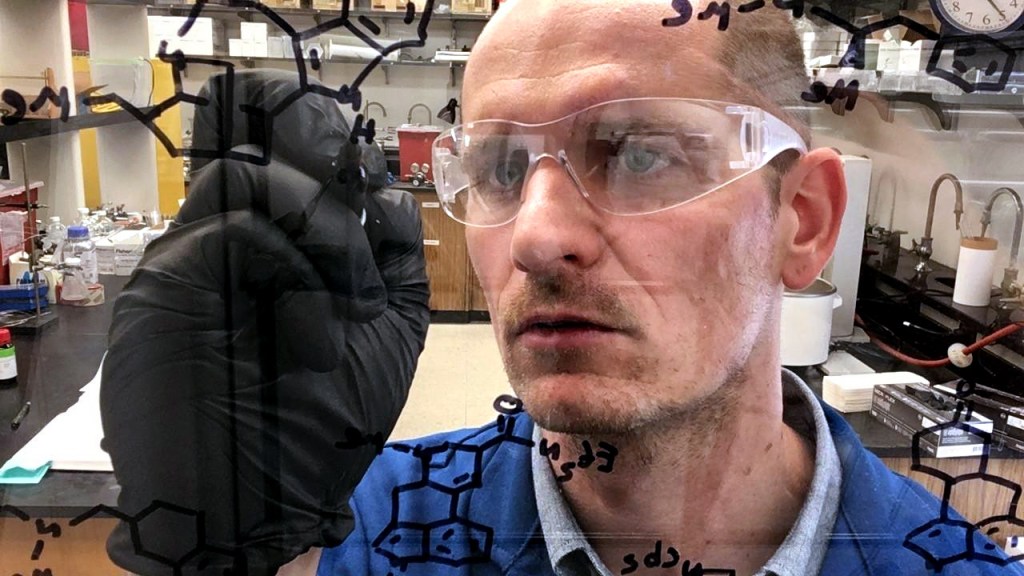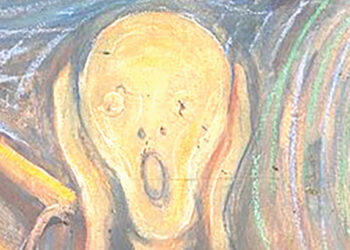Since their creation decades ago, mind-altering drugs have remained as unchanged as bellbottoms, tie-dye and patchouli oil.
Now — full of promise and peril — psychedelics are undergoing a makeover. Chemical neuroscientists, many based in Northern California, are redesigning the structures of psilocybin, ketamine, MDMA and other powerful drugs to concoct compounds that they hope will offer mental health benefits with fewer risks.
With advanced tech tools and a deepened understanding of brain chemistry, scientists say the new drugs might succeed where conventional therapies have failed, treating post-traumatic stress disorder, anxiety, depression, addiction and other devastating mental health problems.
“Our goal is to make medicines that are derived from psychedelics that are safer and gentler, more effective and more accessible,” said Matthew Baggott, former director of data science and engineering at Genentech, whose Palo Alto-based startup Tactogen has patented several novel MDMA, or “Ecstasy,” molecules that offer spiritual and personal insights with less heart-racing anxiety and euphoria.
At the new UC Davis Institute for Psychedelics and Neurotherapeutics, director David Olson is tweaking psychoactive drugs to spur neural growth and rewire the troubled brain without triggering hallucinations or adverse effects. His biotech startup, Delix Therapeutics, has built a portfolio of more than 2,000 non-hallucinogenic compounds.
Stanford University School of Medicine investigators Dr. Boris Heifets and Dr. Rob Malenka have pried apart MDMA’s therapeutic and addictive traits, distinguishing the different molecular pathways behind the drug’s sociability and abuse potential.
RELATED: Psychedelic drugs: Follow the money
“Can we deconstruct these drugs — basically, take them apart and put them back together — so that they have one of these effects and not the other?” said Heifets, assistant professor of anesthesiology, perioperative and pain…
Read the full article here







